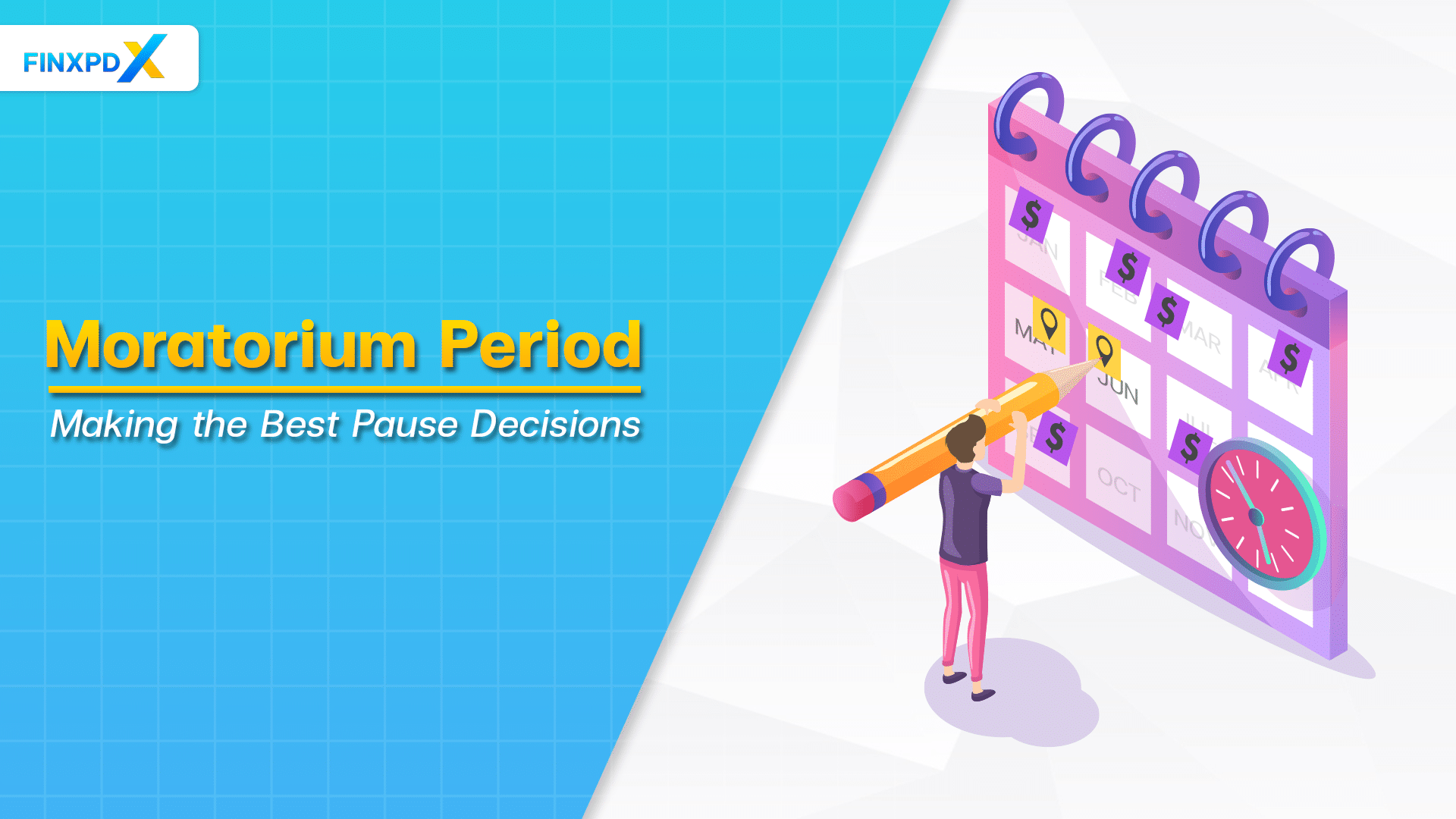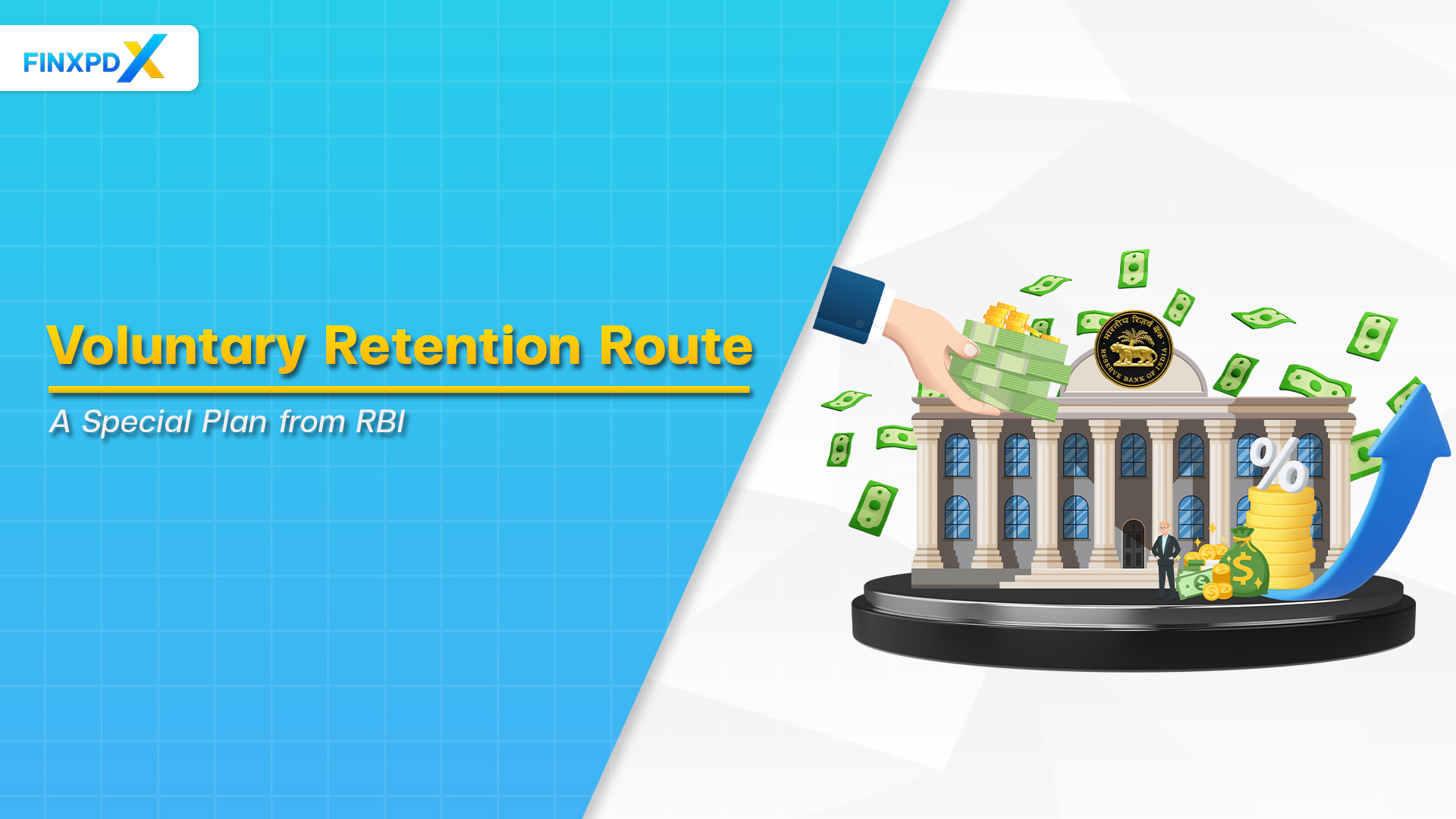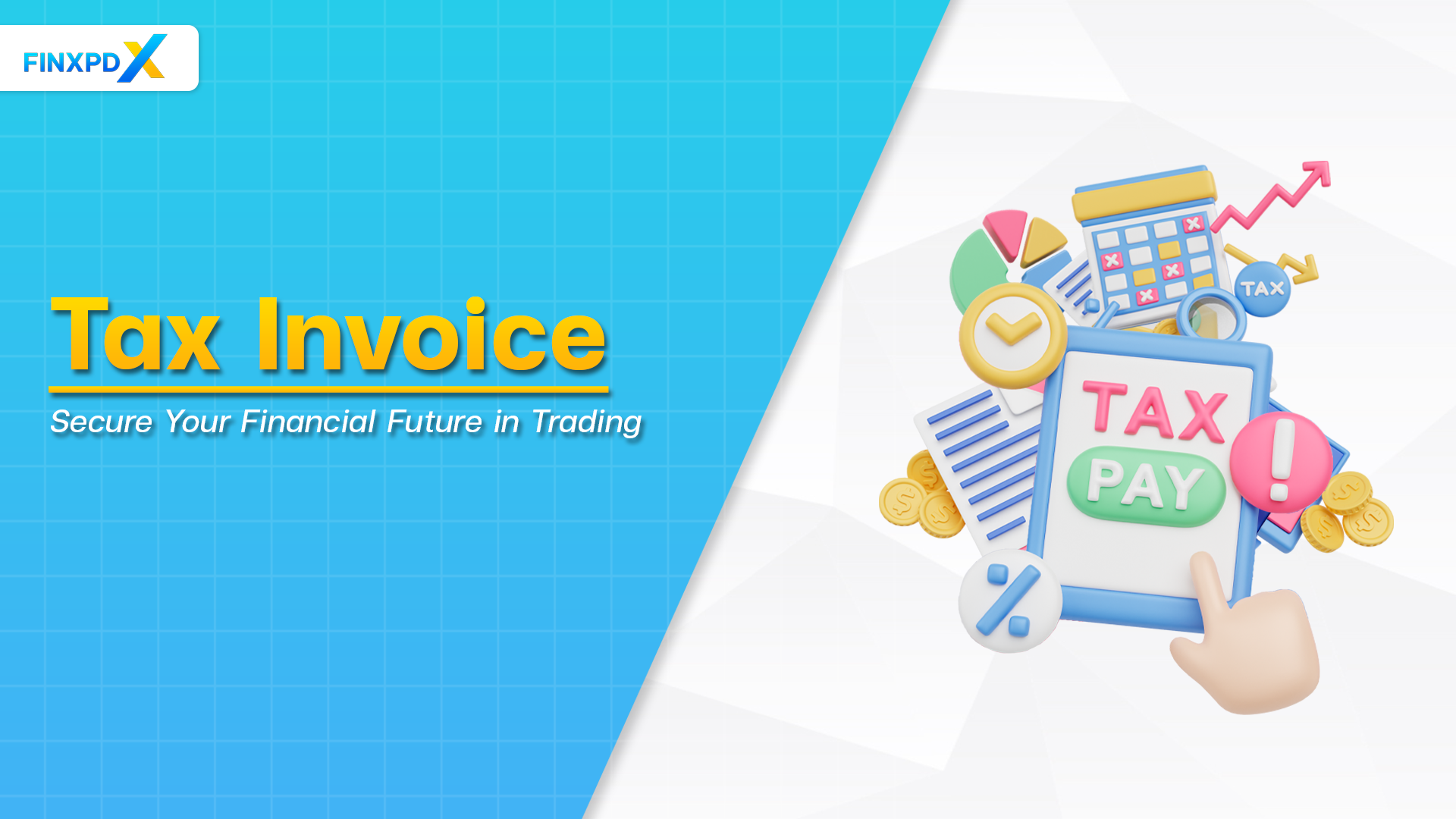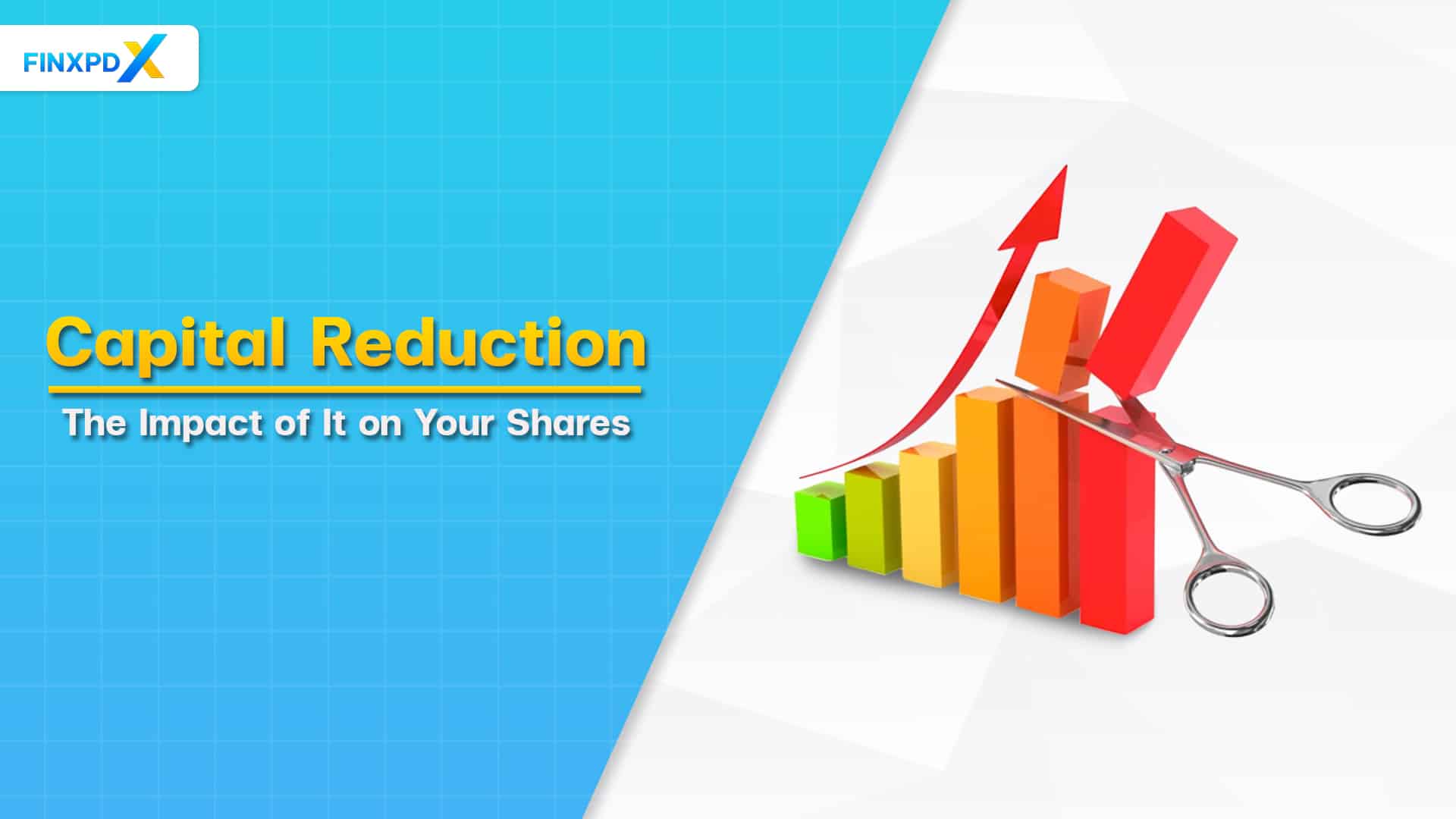In times of financial uncertainty, a moratorium period can be a crucial lifeline for borrowers struggling to meet their loan repayment obligations. Whether due to unexpected economic downturns, personal financial crises, or broader events like the COVID-19 pandemic, the ability to temporarily pause payments offers much-needed relief. However, while the immediate benefits are clear, borrowers must also understand the long-term implications and conditions associated with a moratorium.
This article aims to provide a comprehensive overview of a moratorium period, how it works, and its benefits and drawbacks. Moreover, we will express the distinction between the moratorium and grace periods to help you make an informed decision.
What Is Moratorium Period?
A moratorium period is a designated timeframe for borrowers to pause their loan repayments without being penalized for late payments. Lenders typically grant this period during economic hardship or personal financial crises, providing borrowers temporary relief from their financial obligations. During the moratorium period, borrowers are not required to make regular payments towards the loan principal or interest.
Moratorium period is often offered during major events like natural disasters, economic recessions, or pandemics when many people are challenged with financial difficulties. These periods act as a buffer, helping individuals and businesses stabilize their finances without the stress of immediately paying loan payments.
⚠️Tip: The interest usually continues to accrue on the outstanding balance, which can impact the overall cost of the loan.
Key Takeaways
- A moratorium period is a temporary suspension of loan repayment.
- Moratorium provides financial relief to borrowers during times of economic difficulty.
- Moratorium period helps borrowers manage unexpected financial struggles without defaulting.
- Borrowers have more time to plan and manage their finances more effectively during the moratorium.
- A moratorium period provides temporary relief but may lead to higher future financial obligations.
How Moratorium Period Work
A moratorium period allows borrowers to temporarily pause loan repayments without defaulting, providing financial relief during hardships. During this time, interest continues to accrue on the outstanding balance, which may increase the overall loan cost. Typically, the loan term is extended to accommodate deferred payments. Eligibility criteria set by lenders must be met, and a formal agreement outlining the moratorium’s terms is required. Borrowers must apply for the moratorium by contacting their lender and submitting the necessary documentation. After the moratorium, future payments may be higher, or the loan term may be longer enough to cover the deferred amounts.
Steps to Apply for a Moratorium Period
- Contact Your Lender: Contact your lender to discuss the possibility of a moratorium and obtain details on their specific terms.
- Submit Documentation: Provide any required documents that prove your financial hardship.
- Review Terms: Carefully review the terms and conditions of the moratorium before agreeing.
- Formal Agreement: Sign any necessary agreements to finalize the moratorium period.
Example
In January 2024, Ava received a $10,000 loan from ABC Bank to renovate her coffee shop, with agreed monthly payments of $2,000 over six months (total repayment of $12,000), starting in February 2024. Due to the economic downturn, Ava’s coffee shop had to close in mid-April 2024. Consequently, ABC Bank granted her a moratorium period from mid-April to June 2024, allowing her to defer her May 2024 payment to July 2024 without additional charges.
Here is an example illustrator:

Benefits of the Moratorium Period
Understanding these benefits can help borrowers make informed decisions about whether a moratorium period is the right option for them during financial difficulty.
Immediate Financial Relief
A moratorium period provides borrowers with immediate relief from their loan repayment obligations. This can be particularly helpful during financial hardship, such as job loss, medical emergencies, or economic crises. By pausing repayments, borrowers can free up cash flow for essential expenses.
Cash Flow Management
Temporarily stopping loan payments allows individuals and businesses to manage their cash flow better. This can help them maintain liquidity, ensuring they have enough funds available to cover day-to-day expenses and other urgent financial needs.
Protecting Credit Scores
Since the moratorium period is an agreed-upon pause in repayments, it does not negatively impact the borrower’s credit score. Maintaining a good credit score is crucial for future financial activities, such as obtaining loans or credit cards.
Stress Reduction
Financial stress can significantly impact mental and physical health. Borrowers may feel less stressed knowing that their loan repayments are on hold for a while, allowing them to focus on resolving their financial issues without the immediate pressure of loan payments.
Flexibility for Recovery
A moratorium period gives borrowers the time needed to recover from financial struggles. This period can be used to find new employment, recover from health issues, or navigate through economic downturns without the additional burden of loan repayments.
Drawbacks of Moratorium Period
While a moratorium period can offer significant relief to borrowers facing financial difficulties, it’s important to be aware of the potential drawbacks. Here are some key drawbacks to consider before opting for a moratorium period.
Accrued Interest
During the moratorium period, interest on the outstanding loan balance continues to accrue. This means the total amount owed increases even though payments are paused. Over time, this can significantly add to the overall loan cost.
Higher Future Payments
When the moratorium ends, the missed payments and accrued interest are added to the loan balance. This can result in higher monthly payments to cover the deferred amount. The increased payment burden can be challenging for borrowers who are still recovering financially.
Extended Loan Term
Lenders might extend the loan term to spread out the deferred payments. This means borrowers will be in debt longer than originally planned. The extension delays other financial goals and keeps borrowers paying interest longer.
Increased Total Loan Cost
The added interest and extended loan term can significantly increase the total cost of the loan. Borrowers end up paying much more over the length of the loan. This increases the loan’s cost above what was originally planned.
Eligibility Restrictions
Not all borrowers qualify for a moratorium period, as lenders have strict criteria. Proof of financial hardship, job loss, or medical emergencies is often required. The application process can complicated, limiting access to immediate relief for those in need.
Moratorium Period vs. Grace Period
Understanding the differences between a moratorium and a grace period is crucial for borrowers navigating loan repayment options. Both terms offer relief from loan payments but serve different purposes and have distinct implications. The following table outlines the key features of each, helping borrowers make informed decisions based on their financial situations.
| Feature | Moratorium Period | Grace Period |
|---|---|---|
| Definition | Temporary pause on loan repayments during financial hardship. | A period after the due date that allows repayment of a bill without penalties or cancellation. |
| Purpose | Provides relief during significant financial difficulties. | Allows borrowers to adjust to repayment schedule. |
| Interest Accrual | Interest continues to accrue. | Interest may or may not accrue. |
| Duration | Several months to a year. | 15 days to 6 months. |
| Eligibility | Requires proof of financial hardship. | Automatically part of loan terms. |
| Impact on Loan Term | May extend the loan term. | Does not extend the loan term. |
| Repayment Requirement | No payments during the period, deferred payments added later. | No payments during the period; full repayment resumes after. |
Conclusion
In summary, a moratorium period can offer crucial temporary relief for borrowers facing financial hardships. While it provides benefits like immediate financial relief and credit score protection, it’s important to consider drawbacks such as accrued interest, higher future payments, extended loan terms, and strict eligibility requirements. Understanding these factors and the differences between a moratorium and a grace period can help borrowers make informed decisions. Always consult with your lender to fully grasp the terms and conditions before opting for a moratorium period.
Related Articles:
- SEBI: Ensuring Integrity in the Markets
- Tax Invoice: Secure Your Financial Future in Trading
- Capital Reduction: The Impact of It on Your Shares
- Forfeiture of Shares: Protect Investment Portfolio Now
Read more: Regulations








